As soon as the temps drop below freezing, we Minnesota farmers break out the winter gear. My least favorite contraption is the chicken waterer. In the summer, I hook a hose up to drip waterers and never have to think about it all summer. In the winter, I switch to a regular gravity-fed bucket. But it turns to a bucket of ice within a few hours if I don’t keep it heated.
Every year I hunt for a better solution. I’ve tried every DIY project out there, but nothing works better than this simple design I came up with a few years ago. It’s also dirt cheap.
You’ll need:
- #10 tin can (one end open)
- Extension cord – $1.35
- Light bulb fixture – $1.79
- 25W to 40W Light bulb – $1
- Scrap wood
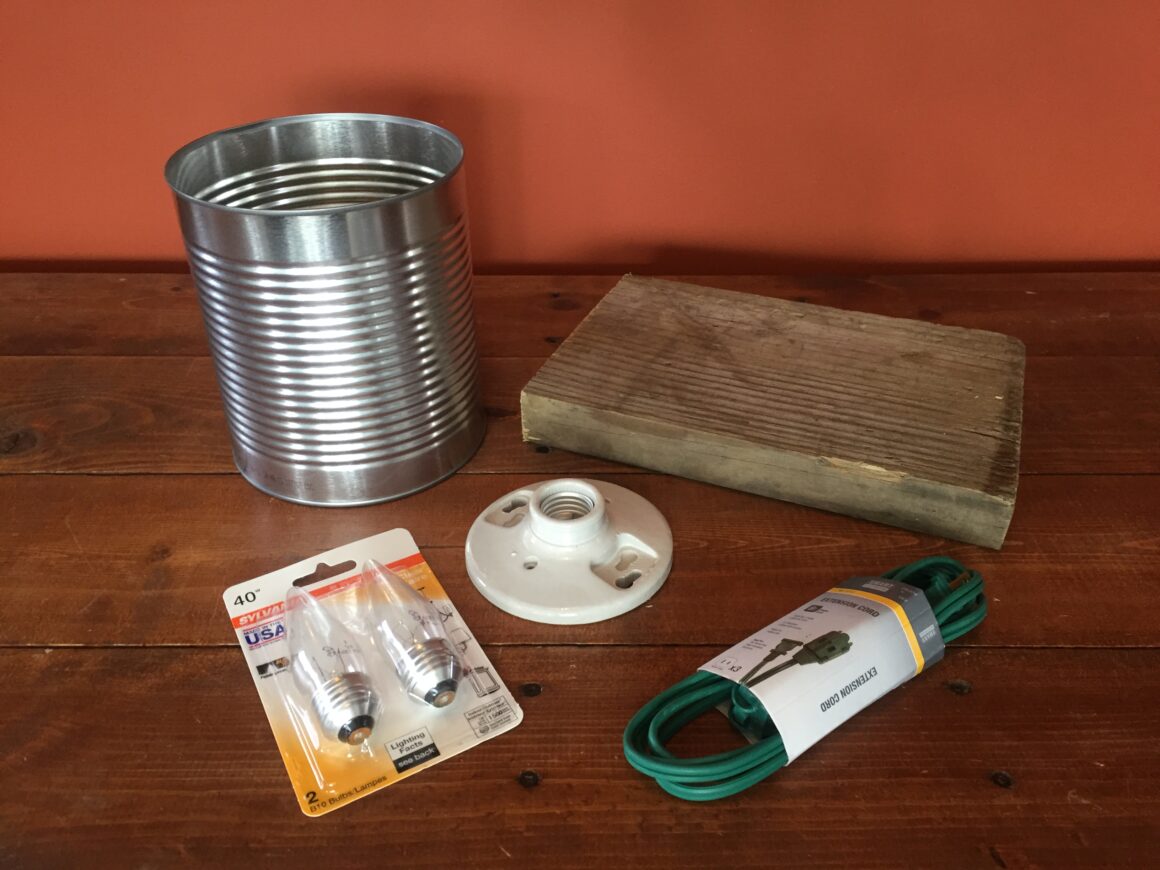
Step 1: Cut out wooden base
Trace around the #10 can on a piece of wood.
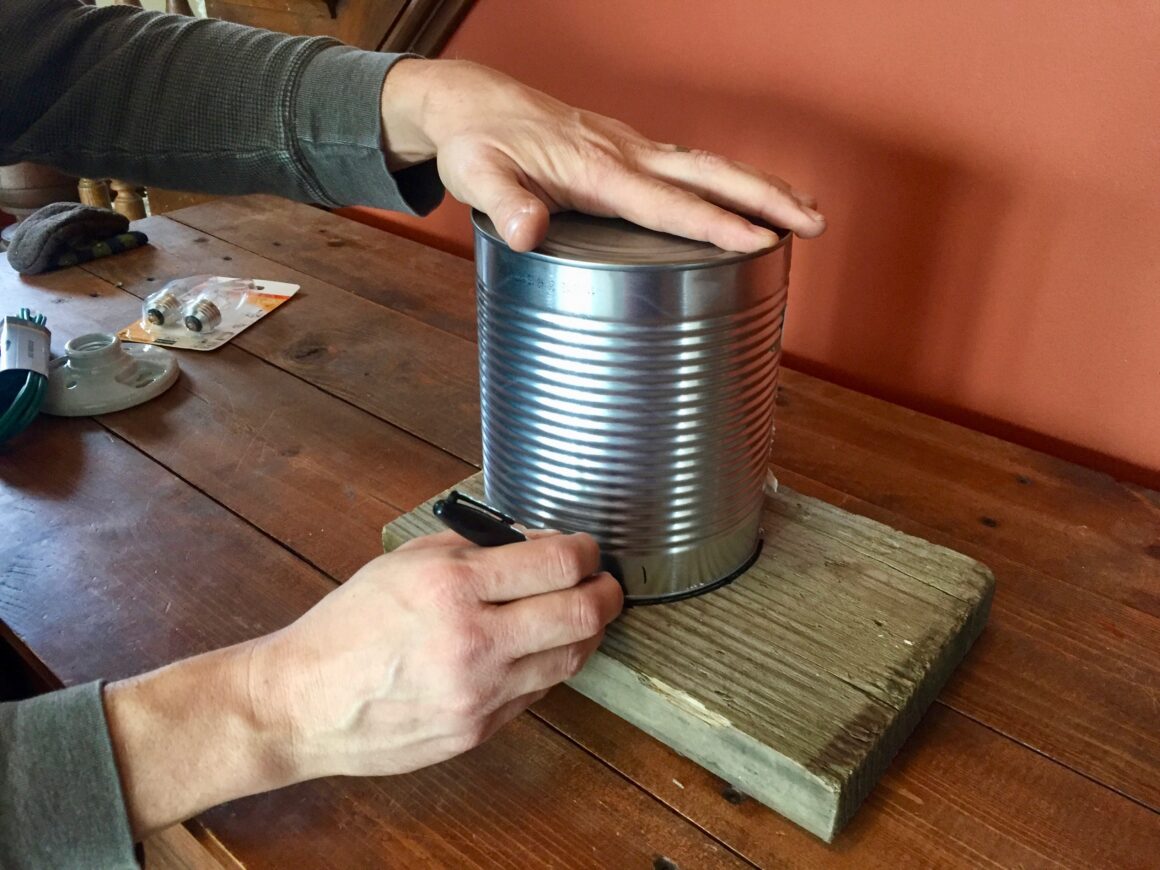
Use a jigsaw to cut out. Make sure to cut inside the line by about 1/8″. The can has to fit over the wood.
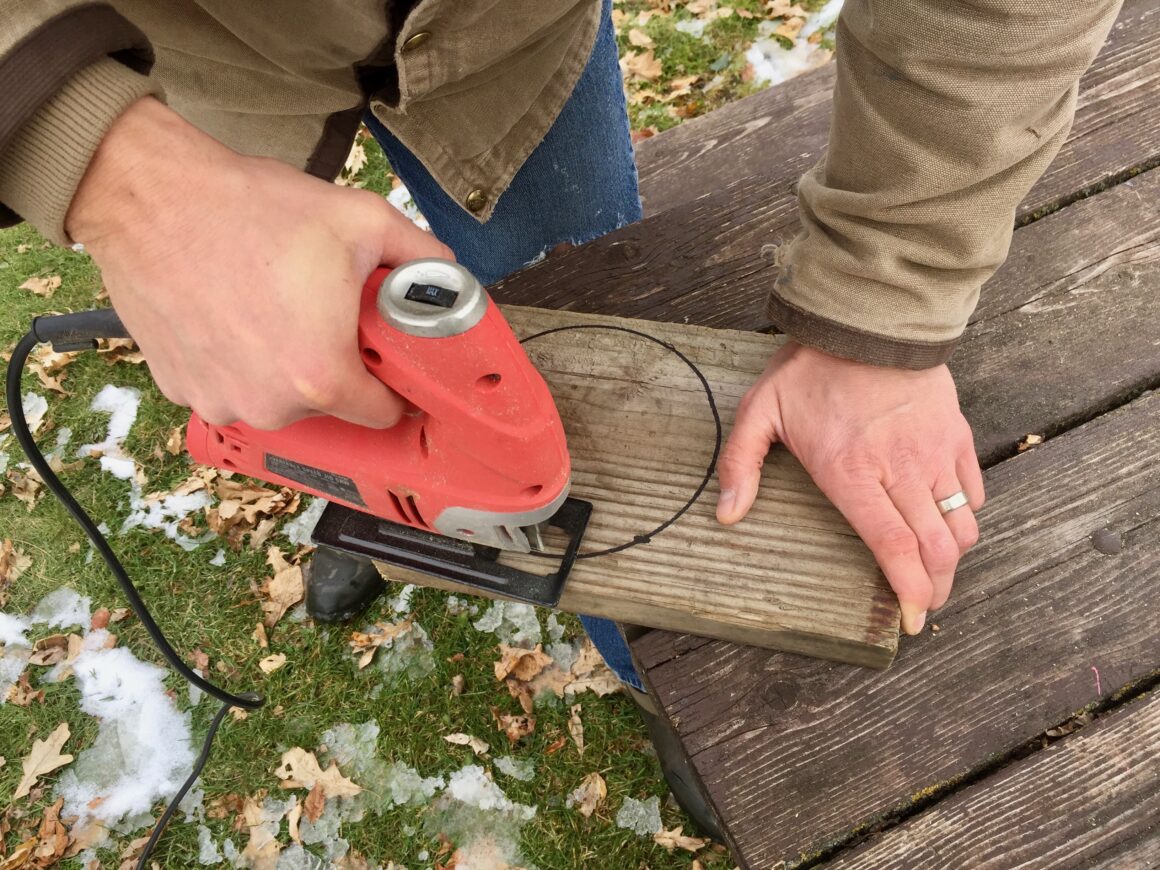
Drill a 1″ to 2″ hole in the center of the base.
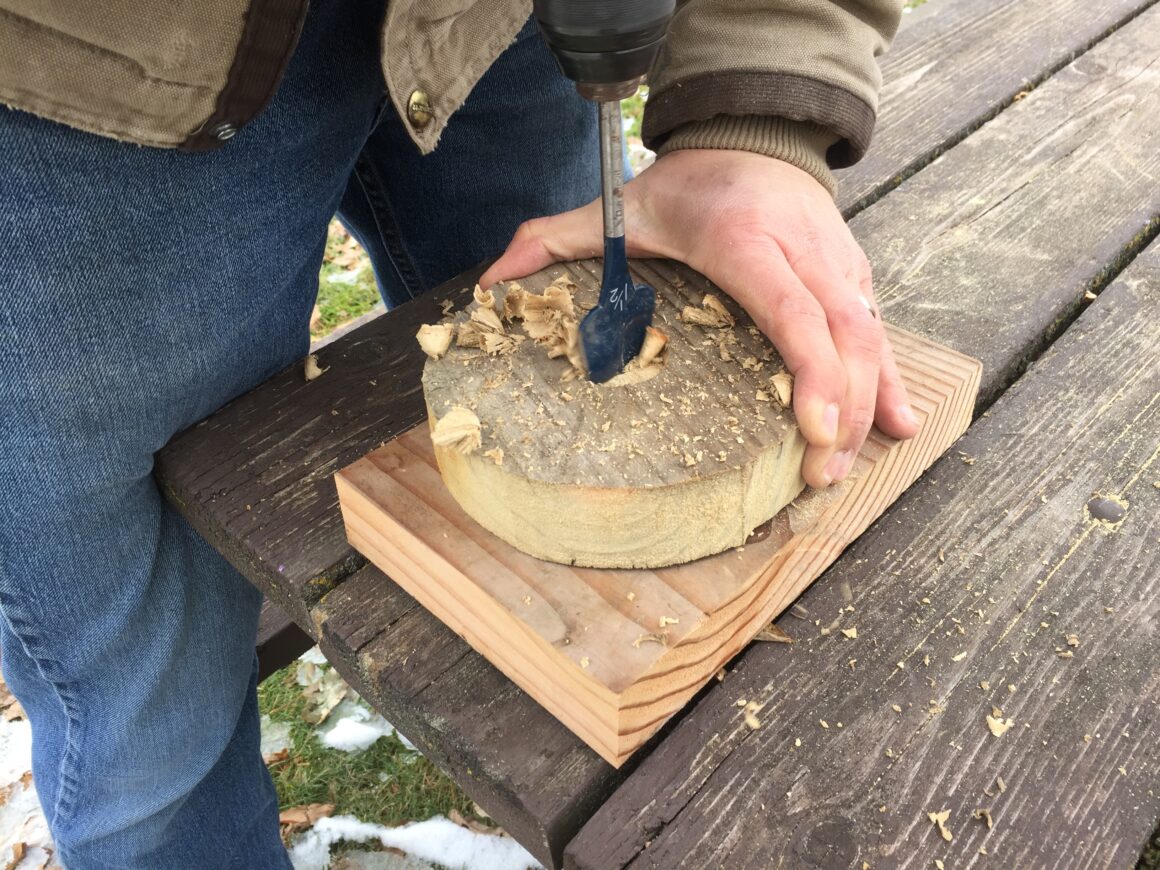
Step 2: Wire light fixture
DISCLAIMER: Be sure to follow state electrical codes. Improper wiring can cause fires. If you are uncomfortable wiring a circuit yourself, find someone to help you.
Cut off the female end of the extension cord and remove wire insulation at the ends.
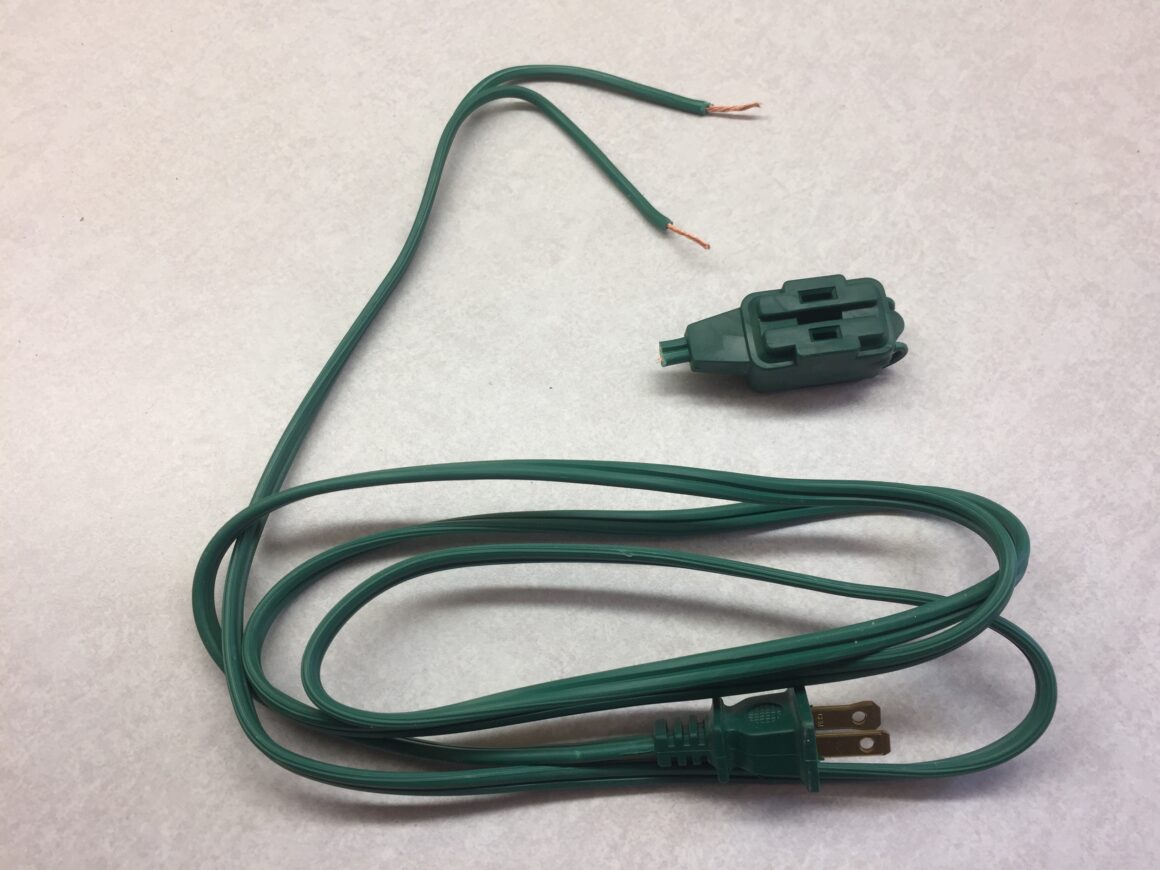
Connect the wire ends to the fixture.
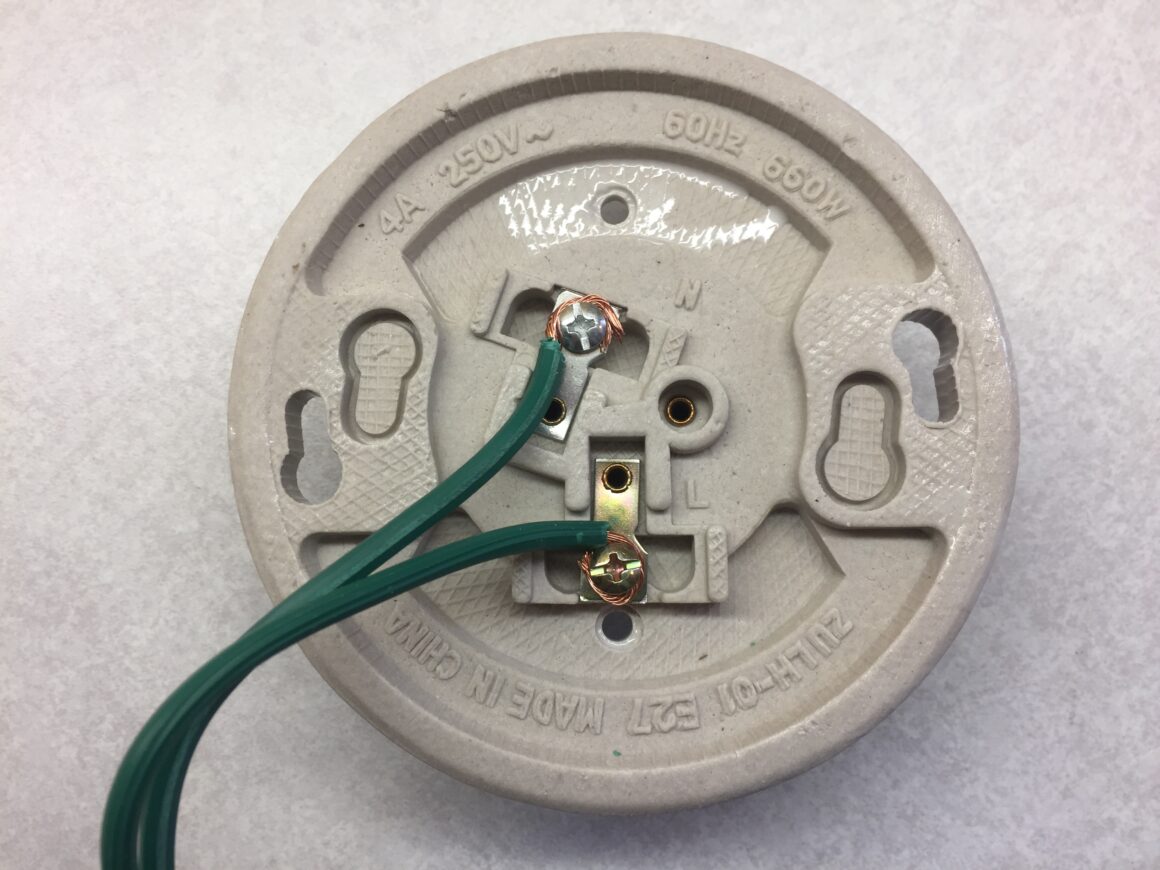
Test the connection by plugging it in.
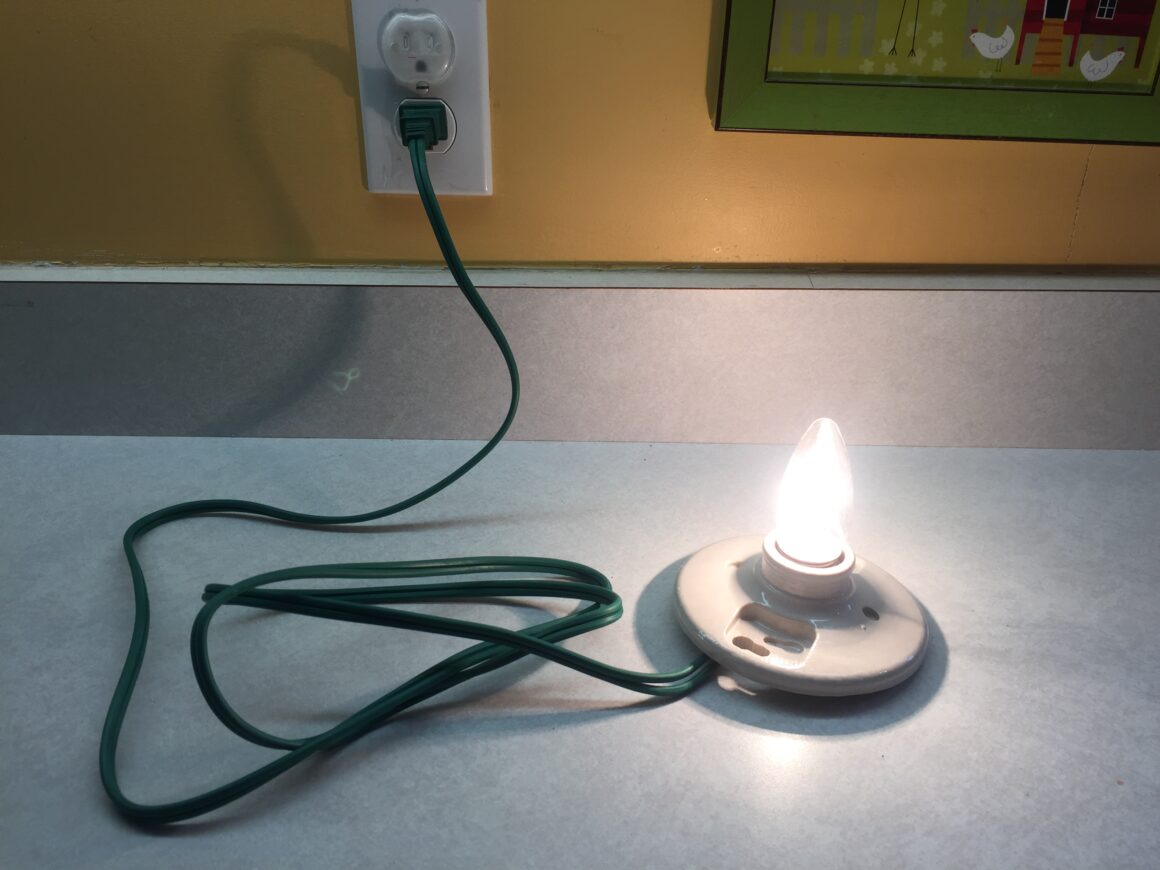
Step 3: Put it all together
Slide the extension coord through the hole in the wooden base and fasten the fixture to the base.
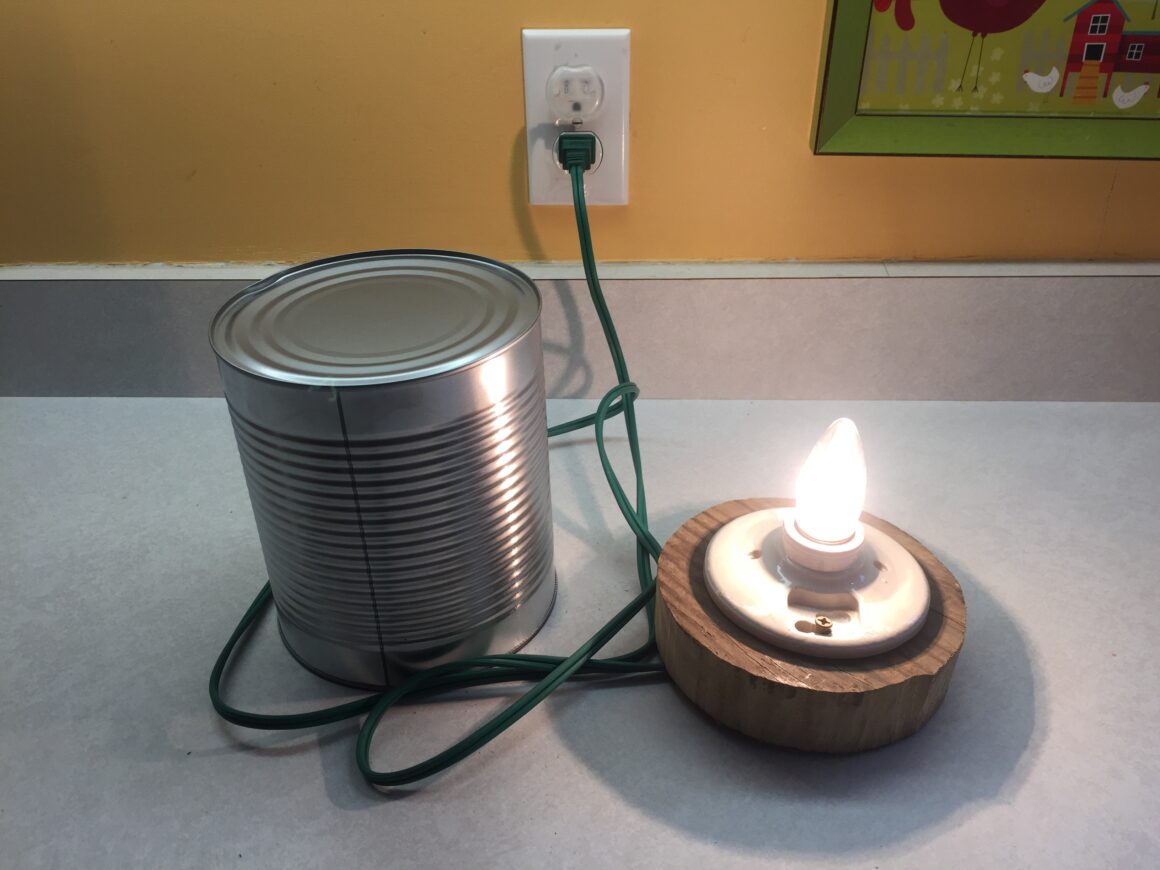
Slide the #10 can over the base, closed side up. If the fit is not snug, use screws to hold in place.
You should feel warmth instantly when plugged in.
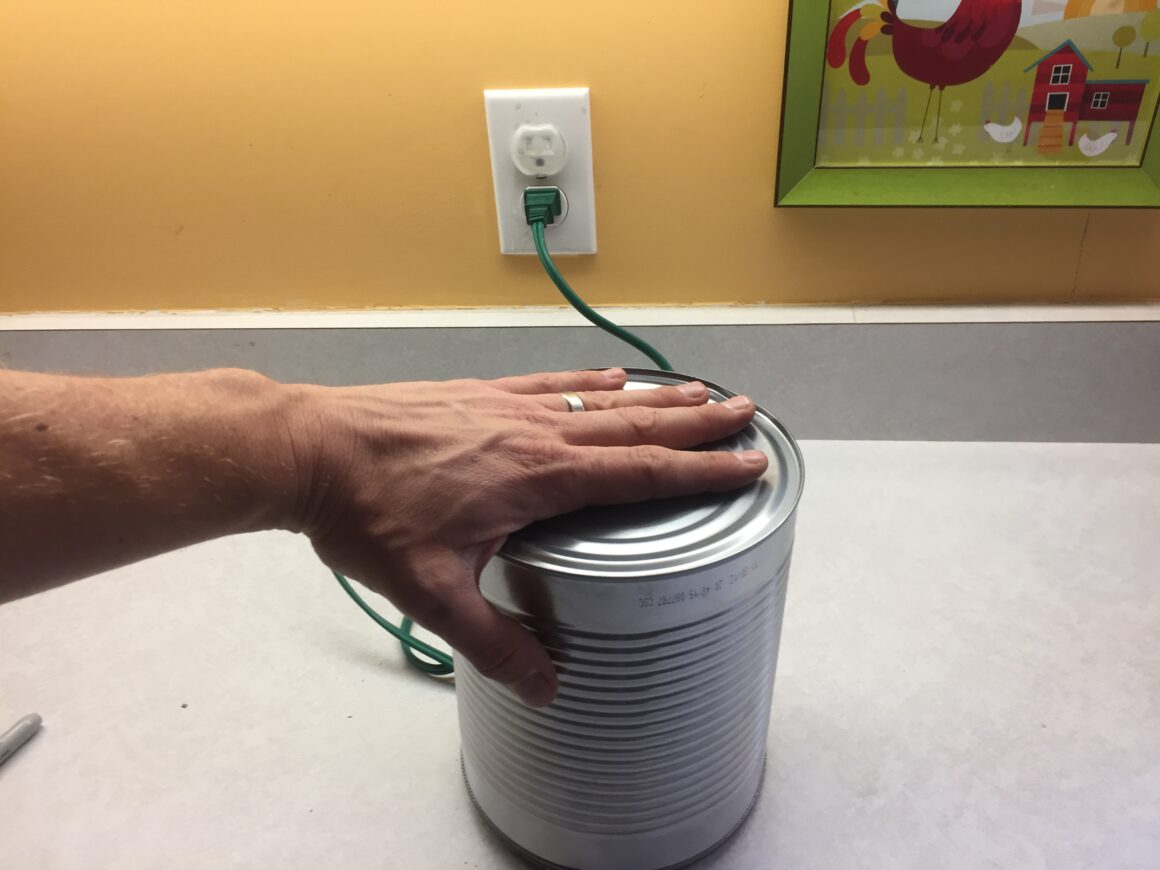
You’re all done! Set the base on a level floor and push bedding around it. Then plug in to an electric source and set the chicken waterer on top.
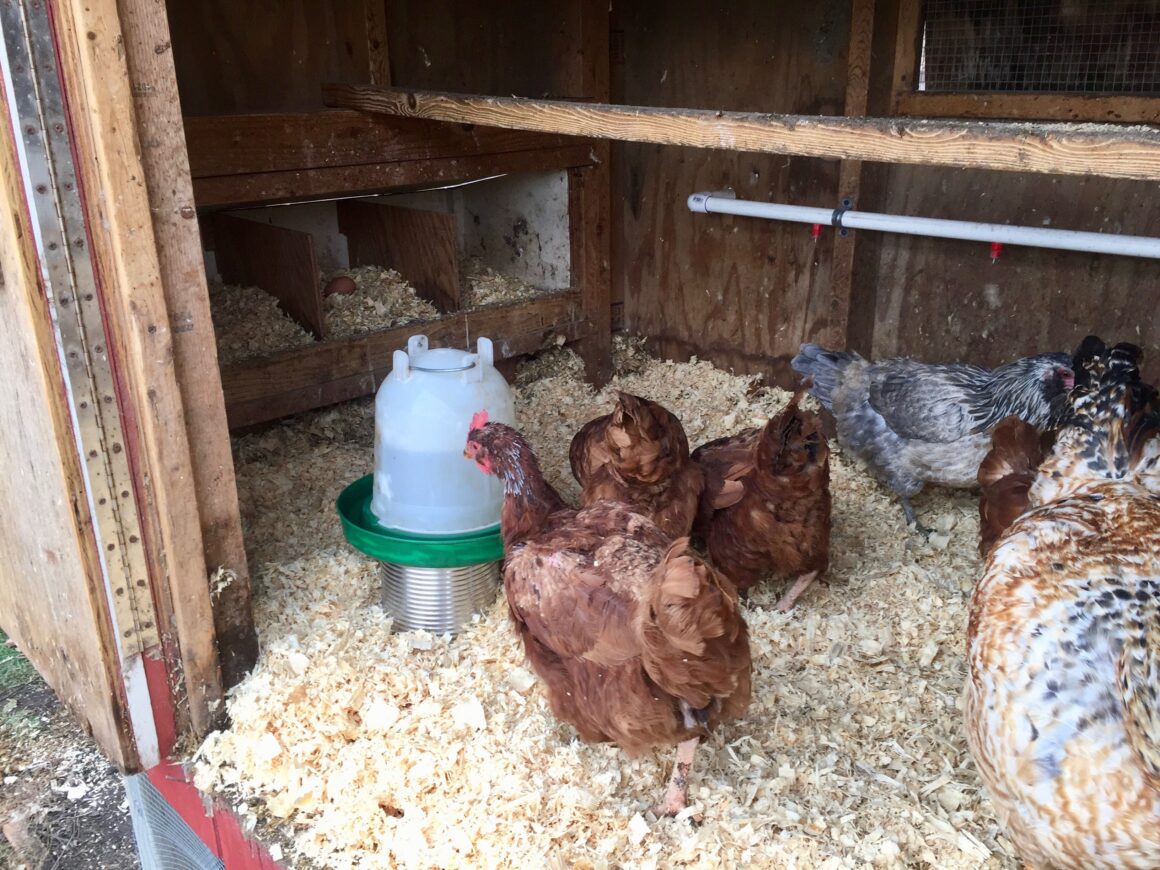
This setup works great down to -10°F. If needed, you can always increase the heat with a higher watt lightbulb.
Also, I installed a dimmer switch on my coop’s electric source so I can better control the amount of heat and not waste electricity.








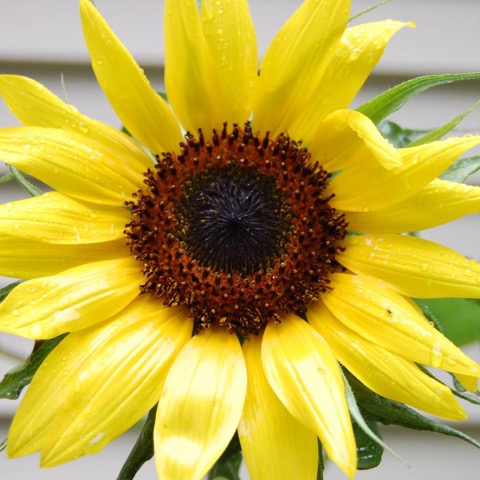

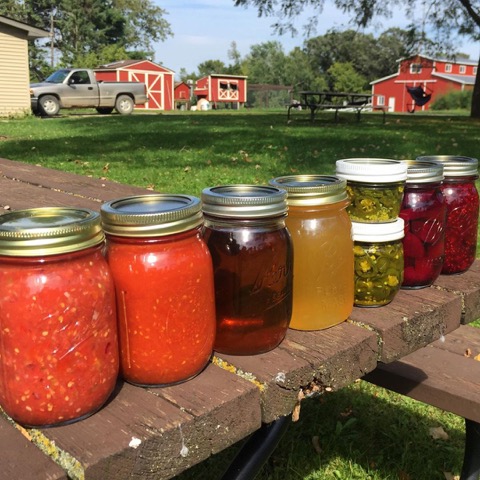
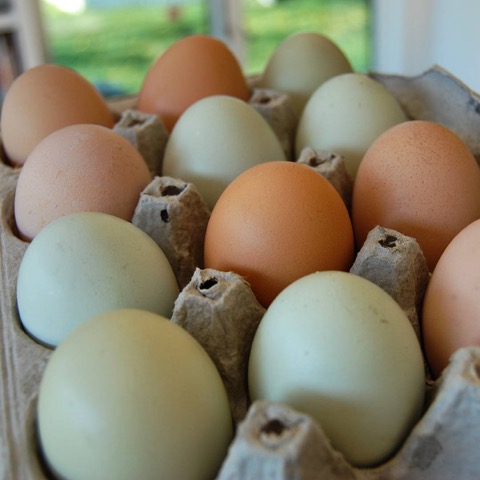

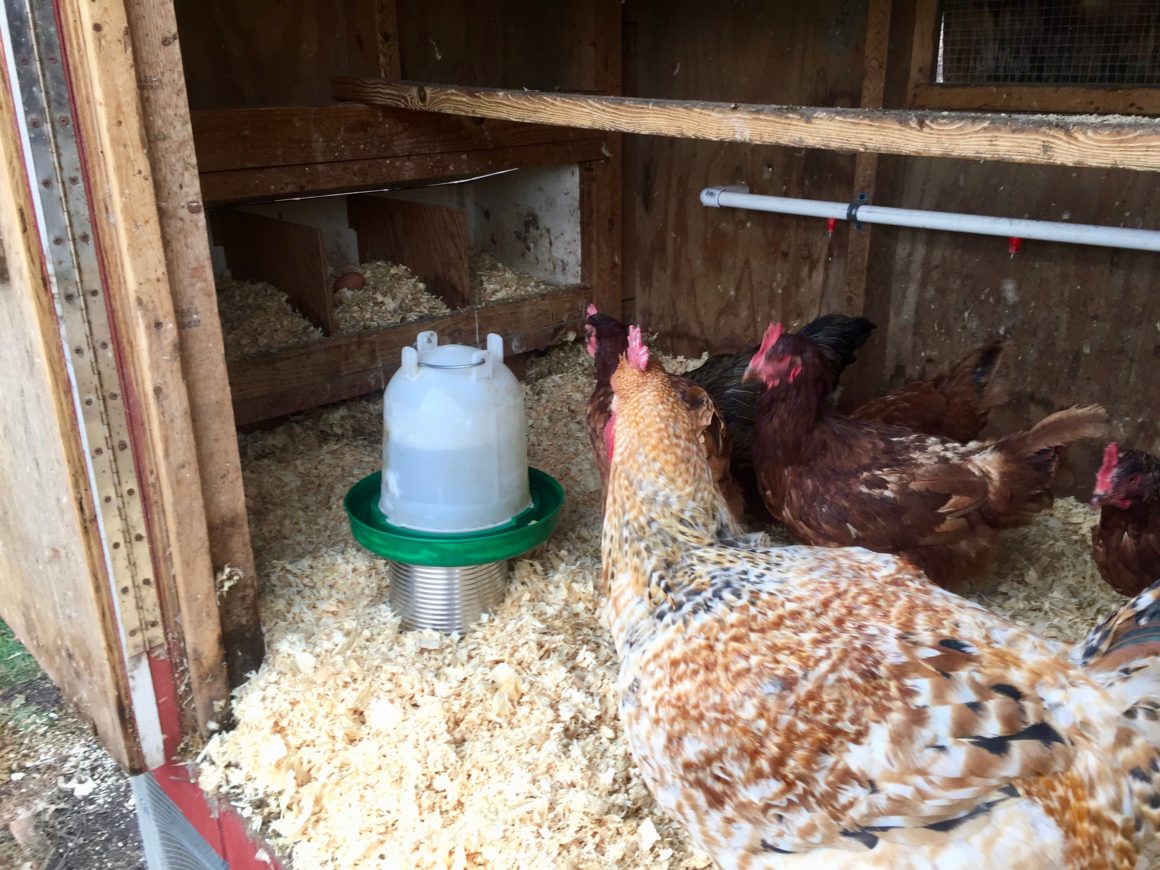
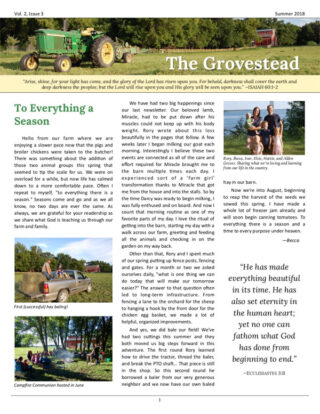

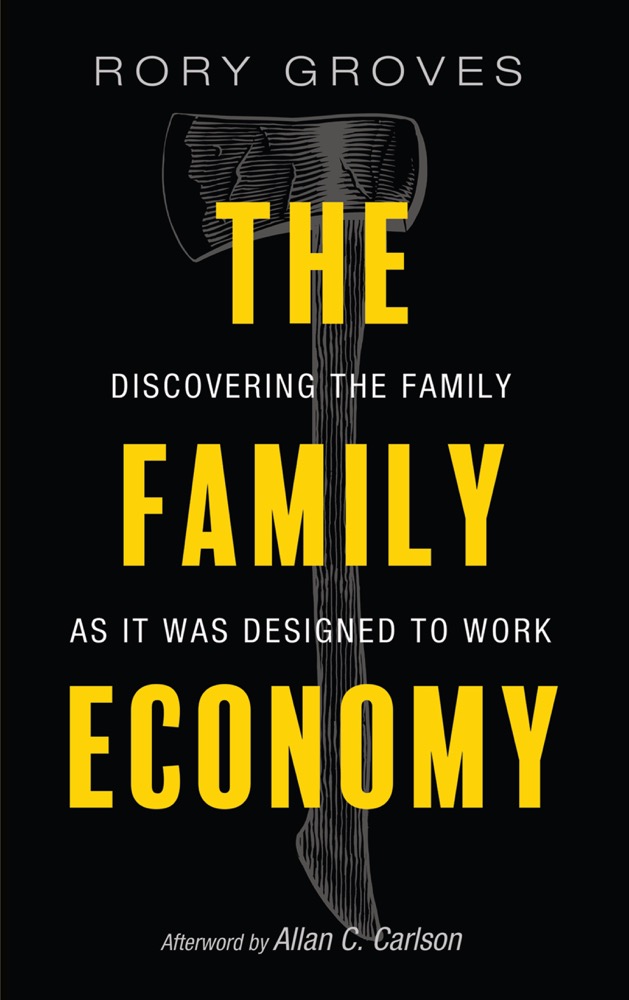
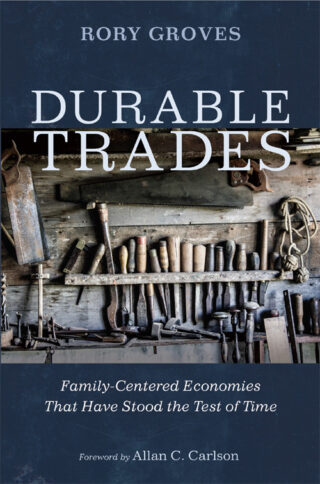
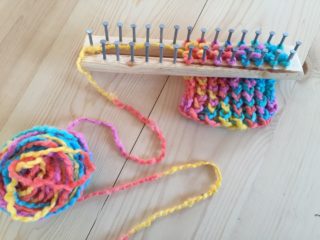
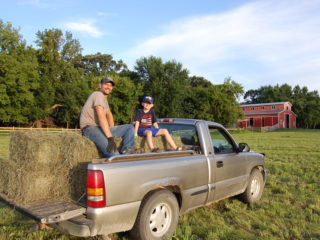
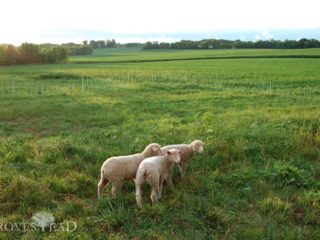
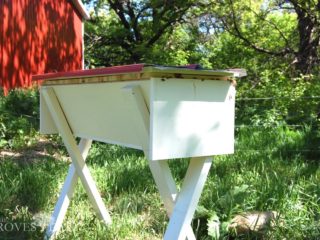
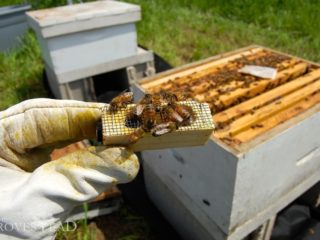
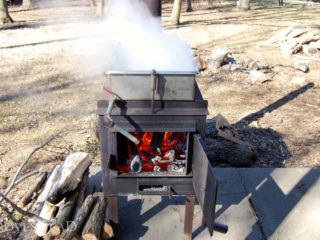
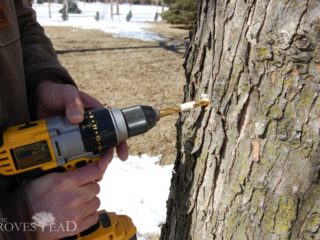
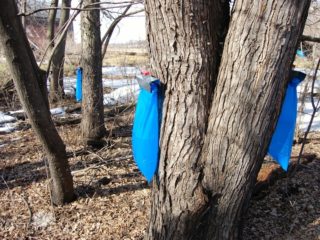
3 comments
One thing you forgot to mention is “don’t use an LED bulb”, they save money by producing only light and no heat, it should be an “old fashioned” incandescent bulb.
Very good point doug!